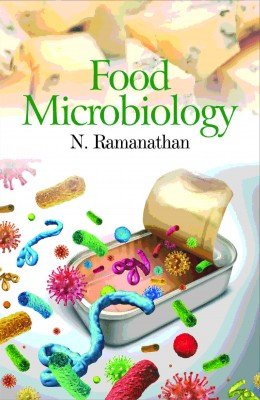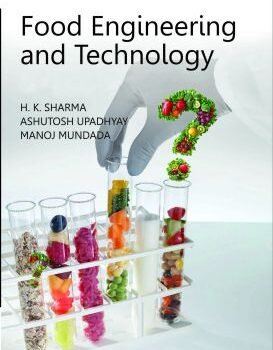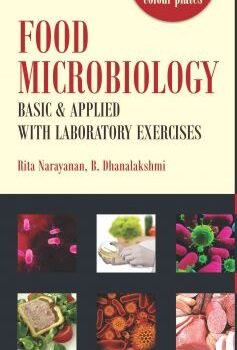| Food microbiology is a specialized area of microbiology that aims to safeguard food from microbial deterioration and provide consumers with safe and nutritious food. The scope of food microbiology is expanding at a rapid pace, given the current global food crisis. The preservation of food through various techniques, such as high and low temperature processing, dehydration, osmotic pressure, irradiation, high pressure processing, chemical preservatives, food storage and packaging, and the management of food safety and quality are all covered in this field. Additionally, fermented food products, dairy microbiology, microbial foods and chemicals, mushroom cultivation, and microbial enzymes are also studied. The book "Food Microbiology" covers these topics and includes procedures for practical experiments, along with a glossary. The book includes 15 chapters, covering topics such as the types and sources of microorganisms in food, factors influencing microbial growth in foods, food preservation techniques, food safety and quality management, and more. The book also covers bacterial food poisoning, mycotoxins, and the impact of genetically modified foods. The book includes 15 chapters, covering topics such as the types and sources of microorganisms in food, factors influencing microbial growth in foods, food preservation techniques, food safety and quality management, and more. The book also covers bacterial food poisoning, mycotoxins, and the impact of genetically modified foods. The book is designed to provide a comprehensive understanding of food microbiology, including both descriptive and objective questions. |
| author | Ramanathan, N. |
|---|---|
| publisher | nipa |
| language | English |
| pages | 278 |
















